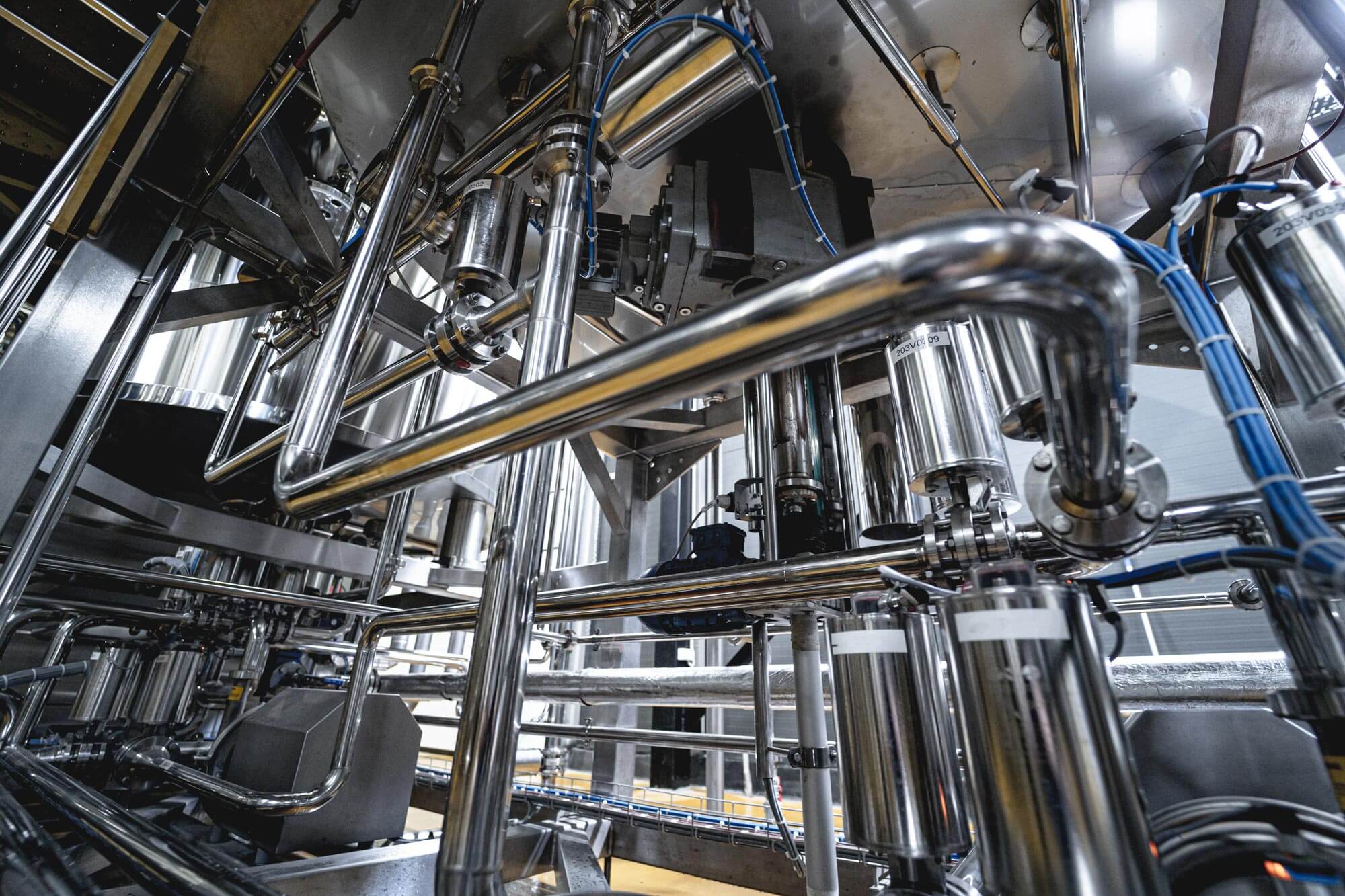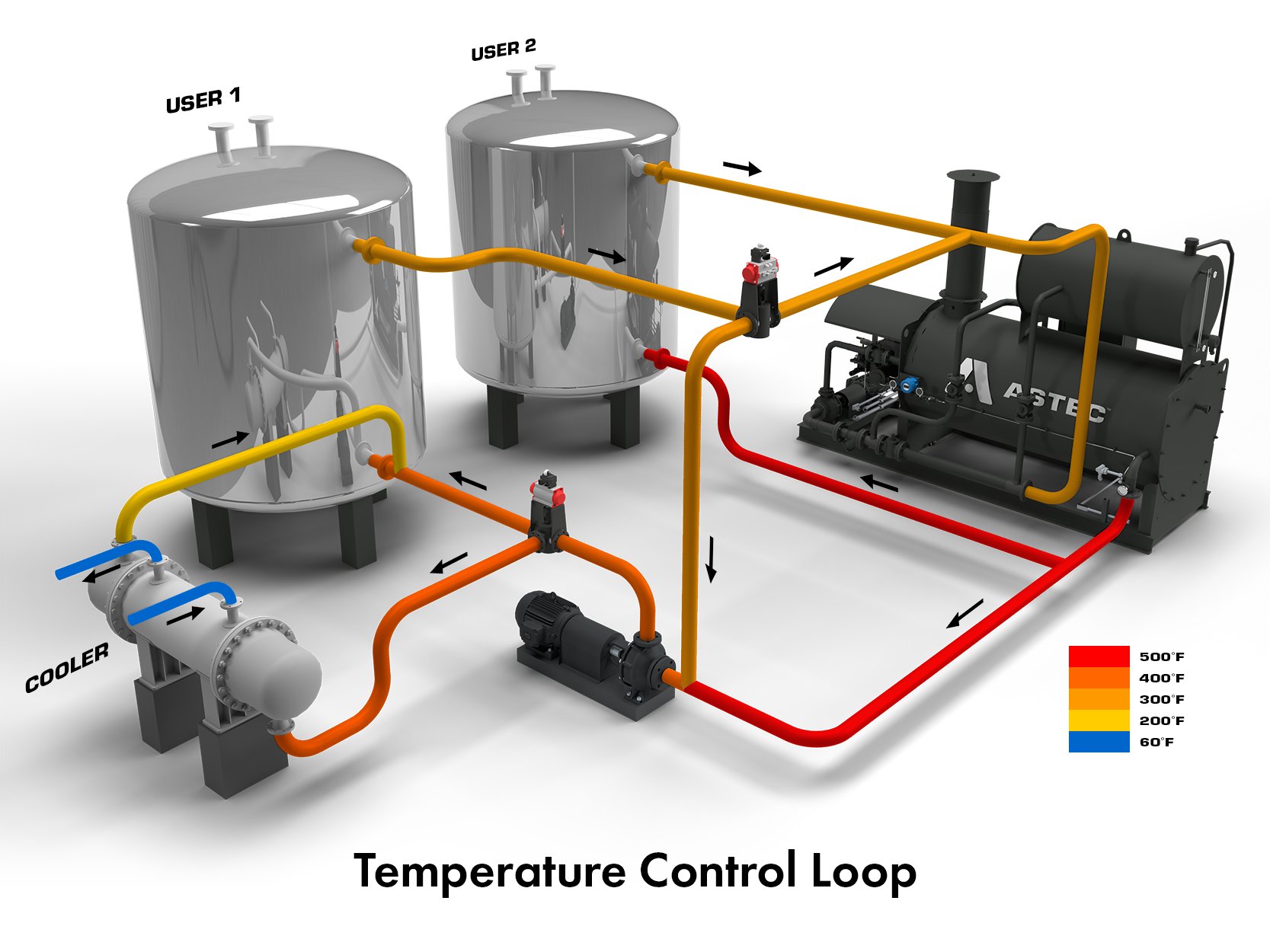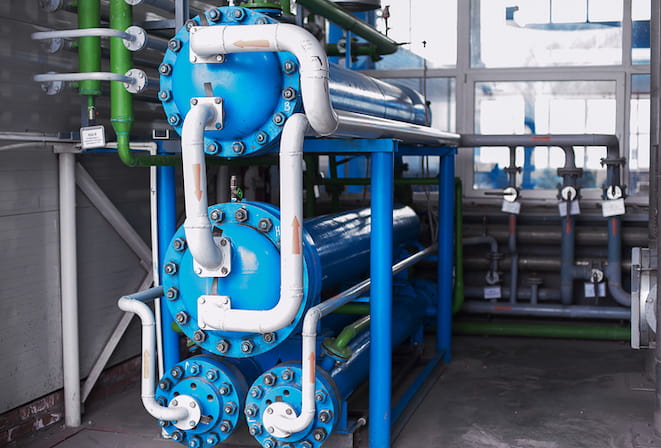Checklist: What to Know Before Implementing DVS Heat Transfer Systems in HVAC Systems
A Comprehensive Guide to Choosing the Right Heat Transfer Systems for Your Demands
Picking the ideal Heat transfer system is necessary for operational performance. Various systems deal with different requirements, affected by factors such as temperature variety and liquid kind. Recognizing the principles behind Heat transfer, such as conduction, convection, and radiation, is crucial. Additionally, evaluating power sources and upkeep methods can influence long-lasting efficiency. A closer assessment of these considerations discloses how to tailor a system to particular demands. What should one prioritize in this facility decision-making process?
Recognizing Heat Transfer: Trick Principles and Principles
Heat transfer may appear like a straightforward idea, it incorporates a range of principles that are essential for effective system design - DVS Heat Transfer Systems. Comprehending these principles is vital for engineers and designers who aim to enhance thermal efficiency in different applications. Transmission, as an example, involves the transfer of Heat through strong products, while convection describes the motion of Heat within fluids. Radiation, another crucial principle, explains exactly how Heat can be transferred through electromagnetic waves. Each of these devices plays a vital role in establishing how power moves within a system. By completely realizing these concepts, professionals can make educated choices, making sure that Heat transfer systems run effectively and satisfy the certain needs of their applications
Kinds Of Heat Transfer Solutions: A Summary
Understanding the concepts of Heat transfer prepares for exploring the different kinds of Heat transfer systems readily available. Heat transfer systems can be classified mostly right into 3 types: convection, transmission, and radiation. Conduction involves Heat transfer via strong materials, depending on straight call between bits. Convection, on the other hand, takes place in fluids (gases and liquids) where the movement of the fluid itself assists in Heat transfer. Radiation includes the transfer of Heat with electromagnetic waves and does not call for a tool, allowing it to occur in a vacuum. Each kind of system has unique features and applications, making it crucial for people and organizations to meticulously analyze their details requirements when selecting one of the most suitable Heat transfer service.
Applications of Heat Transfer Systems in Various Industries
Heat transfer systems play a crucial function throughout various sectors, influencing effectiveness and product quality. In commercial production processes, they assist in precise temperature level control, while in food and drink processing, they assure safety and security and preservation. Furthermore, a/c and environment control systems count heavily on effective Heat transfer to preserve comfy environments.
Industrial Production Processes

Various industrial manufacturing procedures rely heavily on efficient Heat transfer systems to make the most of efficiency and improve product quality. In sectors such as metalworking, Heat exchangers play an essential duty in keeping optimal temperatures during welding, casting, and creating. These systems assure uniform Heat distribution, which is important for achieving preferred product residential properties. In a similar way, in the chemical manufacturing industry, Heat transfer systems facilitate accurate temperature level control during responses, impacting yield and security. In addition, in fabric production, efficient Heat management is very important for coloring and ending up processes, affecting color consistency and material top quality. By selecting appropriate Heat transfer technologies, producers can improve energy performance and decrease operational expenses, eventually resulting in an extra affordable and lasting manufacturing atmosphere.
Food and Beverage Processing
Effective Heat transfer systems are equally crucial in the food and drink handling industry, where preserving suitable temperatures is essential for food safety and quality. These systems play an important function in procedures such as cooking, sanitation, and pasteurization, guaranteeing that products are safe for consumption and maintain their dietary worth. Heat exchangers, as an example, effectively transfer Heat between liquids, maximizing power usage while decreasing temperature variations. Additionally, refrigeration systems are essential for expanding and maintaining subject to spoiling products life span. The selection of Heat transfer innovation directly influences functional efficiency and product honesty, making it important for food and drink suppliers to pick the ideal systems customized to their specific handling needs. This mindful choice ultimately contributes to customer satisfaction and food safety and security.

Heating And Cooling and Climate Control
While numerous sectors count on Heat transfer systems for effectiveness, HVAC (Home Heating, Ventilation, and Air Conditioning) plays an essential role in keeping interior climate control across numerous settings. These systems make use of Heat transfer principles to control temperature, moisture, and air high quality, making sure comfort and safety and security in property, industrial, and industrial settings. Correctly developed heating and cooling systems enhance energy effectiveness, minimize operational expenses, and lessen ecological impact. In industrial structures, for circumstances, reliable climate control adds to employee performance and customer fulfillment. In industrial applications, cooling and heating systems help maintain perfect conditions for tools operation and product conservation. Selecting the ideal Heat transfer system is essential for conference particular climate control requirements and accomplishing total system efficiency.
Assessing Power Resources for Heat Transfer Equipments
In evaluating power sources for Heat transfer systems, a contrast of sustainable energy alternatives and fossil fuel considerations is important. Renewable sources, such as solar and wind, deal sustainable options that can decrease ecological impact. Alternatively, fossil gas stay common because of their well established infrastructure and energy density, motivating a mindful evaluation of both options.
Renewable Resource Options

Fossil Gas Considerations
Evaluating nonrenewable fuel source considerations is necessary for the efficiency and sustainability of Heat transfer systems. Fossil fuels, such as gas, oil, and coal, are conventional energy sources that offer significant Heat outcome, making them popular selections for industrial and residential applications. However, their ecological influence, including greenhouse gas emissions and resource exhaustion, raises problems. When choosing a warmth transfer system, it is crucial to evaluate the schedule, price, and governing variables related to these fuels. In addition, the efficiency of nonrenewable fuel source systems should be taken into consideration, as higher performance can alleviate some environmental downsides. Inevitably, a well balanced approach weighing performance and sustainability can assist decision-makers toward the most ideal Heat transfer solution for their details needs.
Factors to Take Into Consideration When Selecting a Warmth Transfer System
Picking a suitable Heat transfer system requires careful factor to consider of various factors that can significantly influence effectiveness and efficiency. One important factor is the operating temperature level array, which dictates the products and layout ideal for the application. Additionally, the kind of liquid used in the system-- whether gas or liquid-- affects Heat transfer effectiveness and compatibility. The system's dimension and capacity need to line up with the certain requirements of the operation to stay clear of inadequacies. Power resource accessibility is additionally crucial, affecting operating costs and sustainability. The installation atmosphere, consisting of area restraints and ease of access for maintenance, plays a considerable duty in system choice. Ultimately, regulative compliance and safety criteria must be considered to guarantee the system meets all lawful demands.
Upkeep and Performance Optimization for Heat Transfer Equipments
Maintaining Heat transfer systems is crucial for ensuring optimal effectiveness and durability. Normal maintenance tasks, such as cleaning Heat exchangers and examining insulation, assistance stop efficiency losses as a result of fouling and thermal connecting. In addition, checking system parameters, consisting of pressure and temperature, enables for very early detection of abnormalities, lessening downtime and pricey fixings. Applying a preventative upkeep routine can maximize efficiency and expand the lifespan of parts. Additionally, upgrading to innovative control systems can improve functional efficiency by adapting to varying lots and problems. By prioritizing upkeep and performance optimization, drivers can achieve decreased power usage, reduced functional prices, and enhanced general system dependability, ultimately resulting in better resource use and a more sustainable procedure.
Future Fads in Heat Transfer Technologies
As industries increasingly focus on sustainability and power effectiveness, future patterns in Heat transfer innovations are readied to undergo considerable makeovers. Innovations such as advanced products, consisting of carbon nanotubes and nanofluids, guarantee boosted thermal conductivity and performance. In addition, the assimilation of eco-friendly power sources into Heat transfer systems is acquiring momentum, promoting eco-friendly options. Smart modern technologies, including IoT sensing units, are expected to revolutionize surveillance and control, making it possible for real-time information evaluation for maximized efficiency. The development of portable and modular systems will promote simpler installation and upkeep, providing to varied applications. These developments show a change towards even more sustainable, reliable, and adaptable Heat transfer remedies, lining up with global energy objectives and ecological requirements.
Regularly Asked Concerns
What Are the Ecological Effects of Heat Transfer Equipments?
The environmental effects of Heat transfer systems can consist of greenhouse gas emissions, power consumption, and potential thermal pollution. Furthermore, incorrect disposal of inefficiencies and products can add to resource image source deficiency and ecological community interruption.
Just how Do I Calculate the Cost-Effectiveness of a Warm Transfer System?
To compute the cost-effectiveness of a heat transfer system, one must assess initial expenses, operational costs, upkeep demands, and power performance, comparing these variables against the anticipated life-span and performance of the system.
Can Heat Transfer Equipment Be Utilized in Residential Setups?
Heat transfer systems can without a doubt be utilized in domestic settings. They provide reliable heating and cooling services, making homes much more comfortable while possibly lowering power prices. Their flexibility permits Continue numerous applications in household environments.
What Security Regulations Relate To Heat Transfer Equipments?
Safety and security laws for Heat transfer systems commonly consist of standards on setup, upkeep, and procedure. Conformity with neighborhood structure codes, supplier requirements, and sector criteria is vital to guarantee risk-free and efficient system performance in various applications.
How Do Different Materials Affect Heat Transfer Effectiveness?

Transmission, for circumstances, involves the transfer of Heat via solid materials, while convection refers to the motion of Heat within liquids. Understanding the concepts of Heat transfer lays the foundation for discovering the different kinds of Heat transfer systems available. Heat exchangers, for circumstances, successfully transfer Heat in between liquids, enhancing power use while lessening temperature level variations. In examining energy sources for Heat transfer systems, a contrast of eco-friendly energy choices and fossil fuel factors to consider is important. Metals, such as copper and aluminum, conduct Heat properly, whereas insulators like rubber and glass reduce down Heat flow.